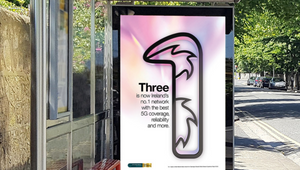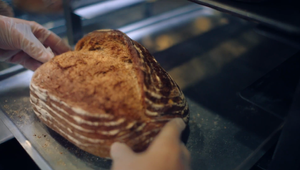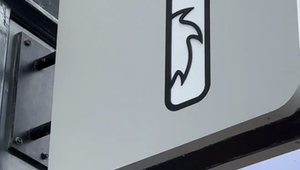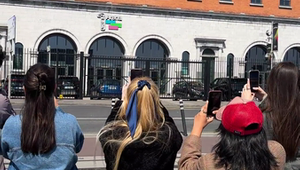
No Filter, No Fantasy: Alcohol Ads Get Real for Gen Z

In today’s landscape, where authenticity holds the keys to the kingdom, the days of unblemished, perfected marketing are a distant memory. This is increasingly apparent in the world of alcohol advertising.
Gen z has shifted cultural norms by embracing diversity and authenticity. Brands have now caught up with this—but how has this shift impacted consumption habits within this cohort?
Out With ‘Perfection’ – In With ‘Realness’
Alcohol ads are some of the most revered in the advertising world. There's even a growing subculture on social media dedicated to nostalgic ads—think ‘The Sally O’Brien Harp’ or ‘Carlsberg in Irish’. Going back even further to the ’70s and ’80s, there was a sleek, suave aesthetic that immediately stood out: close-ups of a chilled, perspiring bottle of beer, or the slow sip of whiskey in a cool, dimly lit bar, surrounded by well-dressed men and women. Budweiser, Jim Beam, and Amaretto were pioneers in this aspirational appeal.
The strategic idea was to package a lifestyle into an appealing image—selling the notion of perfection and coolness. The goal: to make YOU, the consumer, buy into this image and, in turn, live the ‘perfect’ life.
Fast forward to today, and those old tactics have been thrown out and replaced by authenticity, diversity, and inclusivity. Creative is now centred around the moment the product is enjoyed. There’s more emphasis on the uniqueness of the experience—typically shared with friends and family.
Previous generations were motivated by aspirational cues, whereas gen z expects flawed, unfiltered portrayals of everyday life. They have a keen eye for spotting inauthenticity and are quick to call it out—prompting brands to stay constantly one step ahead.
The Socially Aware Consumer
Brands must now go the extra mile to reach and connect with their gen z audience. In the past, it may have been enough to simply focus on selling a product. Today, it extends far beyond that. Gen z wants to know that a brand’s core values align with their own before they make a purchase—and alcohol brands are no exception.
Brands looking to connect with this generation avoid super-polished, over-the-top campaigns. Instead, they focus on experiential connection. A perfect example is Guinness, which has reinvented its brand image and doubled down on experiential marketing—like ‘The Lovely Days Festival’ at the Storehouse and music festivals such as ‘All Together Now’, featuring ‘The Lovely Days Stage’. Both have been roaring successes and have helped give the Guinness brand a new lease on life with gen z.
Baileys’ focus on inclusivity, diversity, and empowerment in its campaigns shows a commitment to being more mindful of future generations.
Then there’s BrewDog, one of the first brands to truly commit to and vocalise its stance on sustainability and authenticity. Love them or hate them, they’ve carved out a unique voice in a crowded industry—one that relies heavily on personality.
These are brands not selling a dream, but rather a reality—one that feels more relatable, more honest, and above all, more human.
Where Does This Leave Gen Z and Their Consumption Habits?
More and more young consumers are turning to non-alcoholic alternatives that align with their busy, active lifestyles. They want to enjoy social occasions with friends but still wake up early to train for that marathon. Combined with stricter advertising laws, this trend is reshaping the industry.
Brands are now analyzing gen z’s social lives and looking for ways to insert themselves non-disruptively.
Where's the Brand Value?
Imperfection and realness are powerful tools—especially on platforms like TikTok and Instagram, where audiences are already accustomed to unfiltered content. For brands inserting themselves into these spaces—whether through experiential marketing or social media—one factor stands above all: staying true to real life and real experiences.
Bottom Line
There has been a clear shift away from idealised beauty in advertising. Brands that have listened—and been provocative across all aspects—are reaping the rewards.
Gen z continues to expect an almost ‘behind-the-scenes’ approach from brands: one of complete transparency and authenticity. This socially conscious generation is consuming less alcohol, preferring moderation. As a result, brands have had to rethink how to fit in—and how to earn attention.















